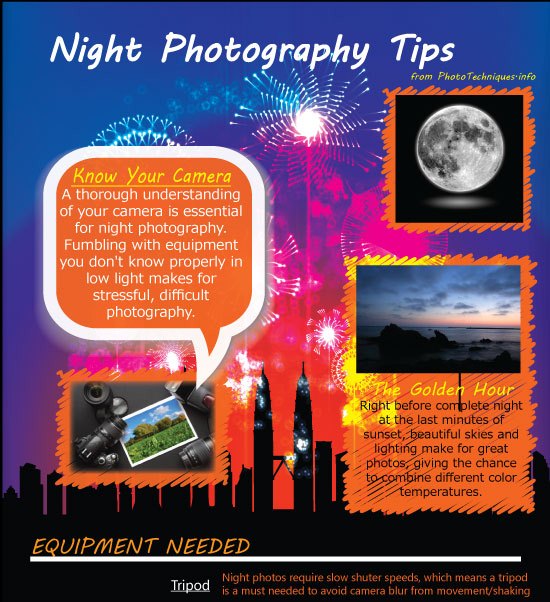What Every Professional Photographer Must Learn About Lights
What Every Professional Photographer Must Learn About Lights
Blog Article
Write-Up By-Parks Olsson
As a digital photographer, you understand that illumination can make or damage your images. Recognizing the subtleties of both all-natural and man-made light is vital for catching the mood and clarity you aim for in your job. Whether you're chasing after the best golden hour glow or tweak your artificial setups, grasping these components can boost your digital photography considerably. But there are common challenges that numerous forget, and acknowledging them can transform your approach to every shoot. Let's discover what you could be missing out on and how it can impact your results.
Recognizing Natural Light
Comprehending natural light is vital for any kind of photographer looking to improve their work. It's the foundation of fantastic digital photography, influencing mood, tone, and clearness. When you shoot outdoors, take notice of the moment of day. The golden hour-- shortly after sunup and before sundown-- offers soft, cozy light that can transform common scenes right into stunning pictures.
Don't underestimate the power of cloudy days. Cloud cover diffuses sunshine, producing a soft, also light that's excellent for portraits and macro digital photography. You'll find colors pop in this sort of illumination without rough shadows.
Positioning matters, too. Always consider your topic's orientation to the source of light. If the sun's behind your topic, you may end up with a shape, which can be dramatic but mightn't be what you desire. Conversely, straight sunshine can produce unflattering darkness.
Try out angles; occasionally, transforming your point of view can generate remarkable outcomes. Use natural reflectors, like water or sand, to bounce light onto your subject, adding dimension.
Mastering Artificial Light
Mastering fabricated light is necessary for professional photographers who want to take their abilities to the next level. Whether you're making use of speedlights, studio strobes, or continual lights, recognizing just how to control these resources can significantly improve your pictures.
Begin by acquainting yourself with the fundamentals of light high quality, instructions, and shade temperature level. Try out various modifiers like softboxes, umbrellas, or grids to manage the gentleness or violence of the light.
You'll locate that soft light frequently produces flattering outcomes, while harsher light can include drama and depth. Do not shy away from shadows; they can improve the three-dimensionality of your topics.
Pay very close attention to the positioning of your lights. A light positioned also near to your topic can produce uncomplimentary outcomes, while also far can bring about an absence of detail. Use a light meter or your video camera's pie chart to ensure you're exposing properly.
Finally, bear in mind that man-made light can be mixed with ambient light for innovative impacts. Balancing these resources could take technique, once you master it, your photography will absolutely shine.
Strategies for Various Situations
When you step into various capturing circumstances, adapting your illumination methods is essential for capturing the best photos. For outdoor pictures, use the gold hour-- morning or late afternoon light-- to soften shadows and enhance skin tones.
If it's a severe midday sunlight, think about using a reflector to bounce light back onto your topic or look for shaded areas for an extra also exposure.
In Writer headshots -light scenarios, like interior events, enhance your ISO and make use of a large aperture to allow in more light. A tripod can aid eliminate camera shake, permitting longer direct exposures without blurring.
If you're shooting at evening, explore off-camera flash to produce dynamic lighting and deepness in your images.
For item photography, make use of diffused lights to stay clear of harsh representations. Softboxes or light outdoors tents can help attain this impact.
When photographing landscapes, take into consideration the instructions of light and time of day, as it can substantially alter the state of mind of your shot.
Constantly be click this link now to adjust your settings and placing based on the situation, as adaptability is crucial to understanding lighting in digital photography.
Verdict
Finally, grasping lights is key to elevating your photography abilities. Welcome natural light's beauty during golden hour, and don't avoid trying out fabricated light strategies. By adapting your technique to different circumstances, you'll record spectacular images that reverberate with feeling and clearness. Keep in mind, the right lighting can transform a normal shot into something extraordinary, so keep practicing and improving your understanding of both all-natural and fabricated light. Delighted shooting!
